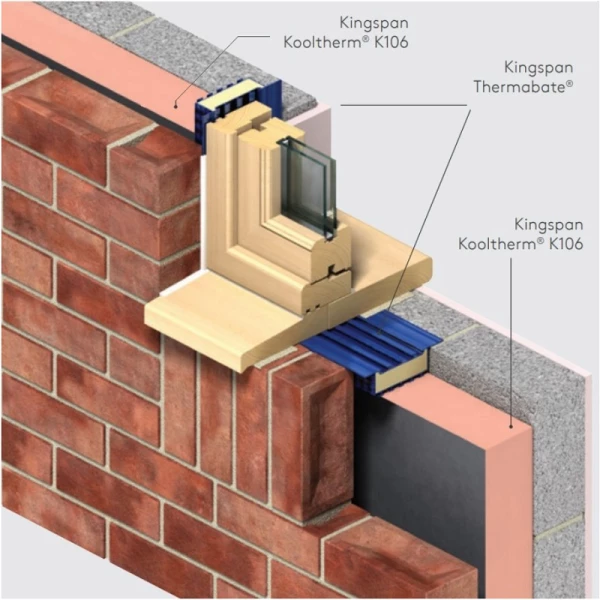
Image Source: Google
Cavity closers are an essential component of any modern home, helping to prevent heat loss and dampness by filling the gaps in cavity walls. Understanding how cavity closers work and the benefits they offer can help you make informed decisions when it comes to home insulation.
This guide will provide you with all the information you need to know about cavity closers, including their importance, types, installation process, and maintenance tips. You can also browse this link https://www.aimlimited.co.uk/solutions/cavity-fire-closers/ to find the right cavity closet services.
What are Cavity Closers?
Cavity closers are insulation materials designed to fill the gaps in cavity walls, which are the hollow spaces between the inner and outer walls of a building. These gaps are typically created during the construction of a building to provide additional insulation and prevent water infiltration. However, if left unfilled, cavity walls can lead to heat loss, condensation, and dampness issues in the home.
Types of Cavity Closers
- Rigid Foam Boards: These are rigid insulation boards made from materials like expanded polystyrene (EPS) or extruded polystyrene (XPS) that fit snugly into the cavities.
- Mineral Wool: This type of cavity closer is made from mineral fibers and provides both thermal and acoustic insulation properties.
- Flexible Cavity Closers: These are flexible strips or rolls made from materials like PVC or polyethylene, which can be easily installed around doors and windows.
Why are Cavity Closers Important?
Cavity closers play a crucial role in maintaining the energy efficiency and structural integrity of a building. Here are some key reasons why cavity closers are important:
Benefits of Cavity Closers
- Prevent Heat Loss: Cavity closers help to reduce heat loss through walls, leading to lower energy bills and improved thermal comfort in the home.
- Prevent Dampness: By filling the cavities in walls, cavity closers prevent water ingress and reduce the risk of dampness and mold growth.
- Improve Acoustic Insulation: Cavity closers can also help to reduce noise transmission between rooms, creating a quieter indoor environment.
- Enhance Fire Safety: Some cavity closers are designed to provide fire resistance, helping to contain the spread of fire in the event of an emergency.
How to Install Cavity Closers
Installing cavity closers is a relatively straightforward process that can be done by DIY enthusiasts or professional installers. Here are the basic steps involved in installing cavity closers:
Installation Process
- Measure the Gaps: Start by measuring the gaps in the cavity walls to determine the size and type of cavity closers required.
- Cut to Size: Using a sharp knife or saw, cut the cavity closers to the appropriate length to fit snugly into the gaps.
- Insert into Cavities: Carefully insert the cavity closers into the cavities, ensuring a tight fit to prevent any gaps or air leakage.
- Seal Joints: Seal any joints or seams in the cavity closers with tape or sealant to further prevent heat loss and water infiltration.
- Test for Effectiveness: Once installed, test the cavity closers for effectiveness by checking for drafts, cold spots, or moisture build-up.
Maintenance Tips for Cavity Closers
Proper maintenance of cavity closers is essential to ensure their long-term performance and effectiveness. Here are some maintenance tips to help you keep your cavity closers in good condition:
Maintenance Guidelines
- Regular Inspections: Inspect the cavity closers periodically for any signs of damage, gaps, or deterioration.
- Repair or Replace: If you notice any issues with the cavity closers, such as cracks or gaps, repair or replace them promptly to prevent further damage.
- Keep Vents Clear: Ensure that any air vents or openings near the cavity closers are kept clear of debris to allow proper ventilation.
- Monitor Moisture Levels: Keep an eye on moisture levels in the home and address any condensation or dampness issues promptly to prevent mold growth.
Conclusion
Cavity closers are an essential component of any well-insulated home, helping to prevent heat loss and dampness while enhancing energy efficiency and comfort. By understanding the importance of cavity closers, the different types available, the installation process, and maintenance tips, you can ensure that your home remains well-protected and insulated for years to come.